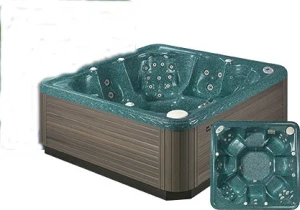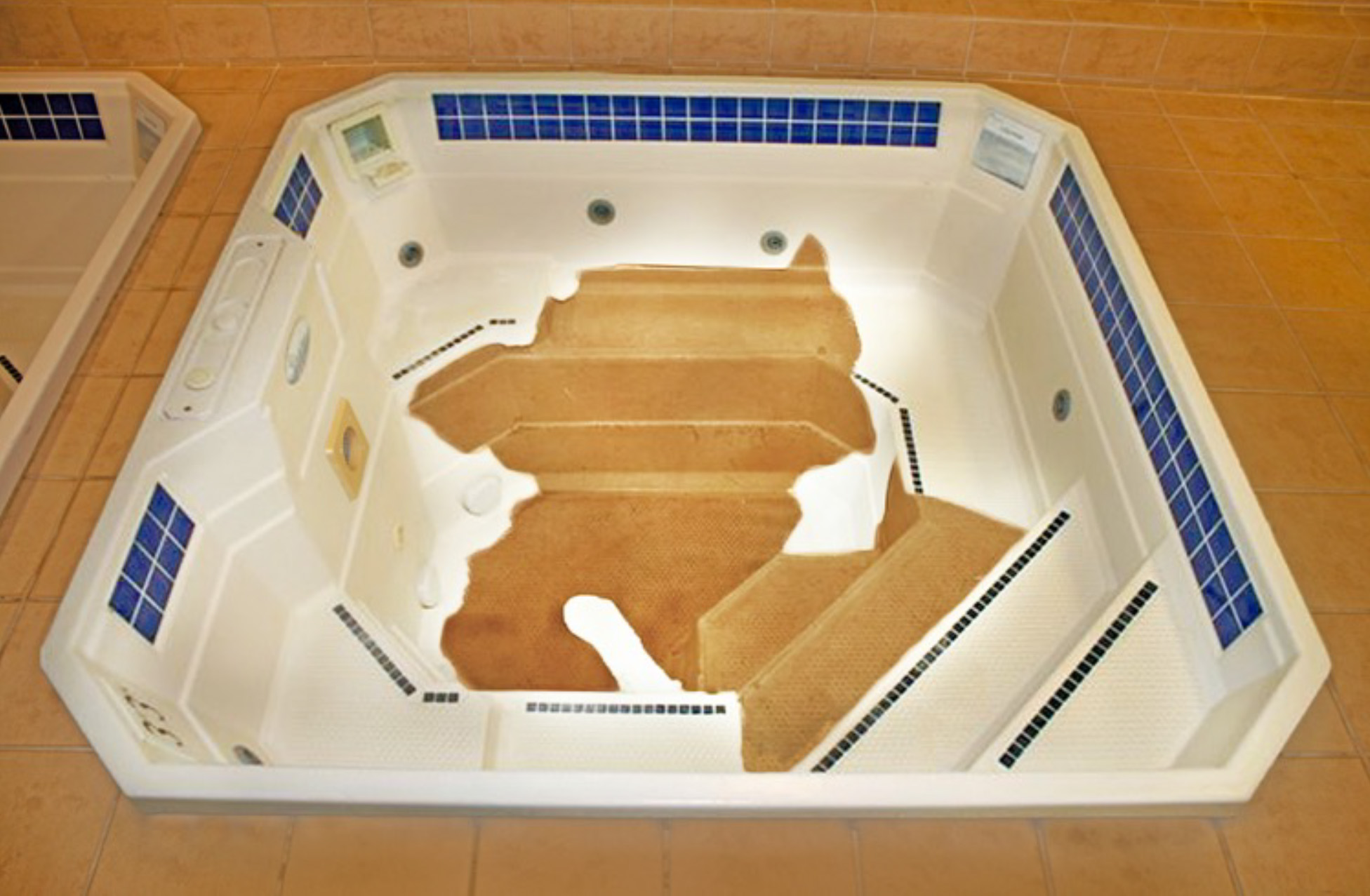In the evolving landscape of bath and shower product manufacturing, the industry continually seeks innovative materials and processes that balance cost-efficiency with quality. The advent of co-extruded acrylic materials represents such an innovation, offering an economical alternative to traditional bathware materials. This approach has gained traction, particularly in economy products found in local Home Centers, challenging repair technicians with new material characteristics that differ significantly from the cross-linked, cast acrylic and gel-coated products traditionally used in bathtubs and showers.
Steve, a seasoned repair technician, encountered a shower wall surround made from co-extruded acrylic, presenting a unique challenge. His standard repair approach, successful on traditional materials, failed when the filler dislodged from the crack, despite the color coating bonding well. This failure highlighted the distinct properties of co-extruded materials, consisting of a thin bathware top layer, a pure white plastic-like middle layer, and a structural layer resembling a composite reinforced structure.
Co-extruded acrylic products feature a dual-layer sheet: the top layer is a lower molecular weight, un-cross-linked acrylic, while the bottom layer is made from ABS (acrylonitrile-butadiene-styrene copolymer). This structure can be further reinforced with FRP (Fiberglass Reinforced Plastic), polyurethane (PU), or even remain unreinforced. The diversity in reinforcement materials adds another layer of complexity to the repair process, particularly when traditional fillers fail to adhere to the ABS or PU layers.
For technicians like Steve facing co-extruded acrylic repair, the key to success lies in adapting to the material’s unique properties. A preliminary odor test during grinding can help identify the presence of polyester resin, guiding the choice of compatible fillers and reinforcements. In the absence of the distinct polyester odor, specialized binding resins formulated for adherence to PU and other plastics should be used.
The case of Steve’s repair challenge sheds light on the nuances of working with co-extruded acrylic materials in the bathware industry. By understanding the material’s composition and adjusting repair techniques accordingly, technicians can overcome the initial hurdles of adhesion and durability. This adaptability not only ensures the longevity of repairs but also underscores the technician’s expertise in navigating the complexities of modern bathware materials.



Find all the essential information about Multi-Tech Products, from contact details to terms of service, in our comprehensive footer section. We’re here to help you with all your surface repair needs.

Your order has been confirmed & it is on the way. Check your email for the details